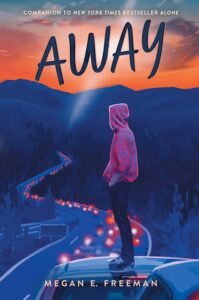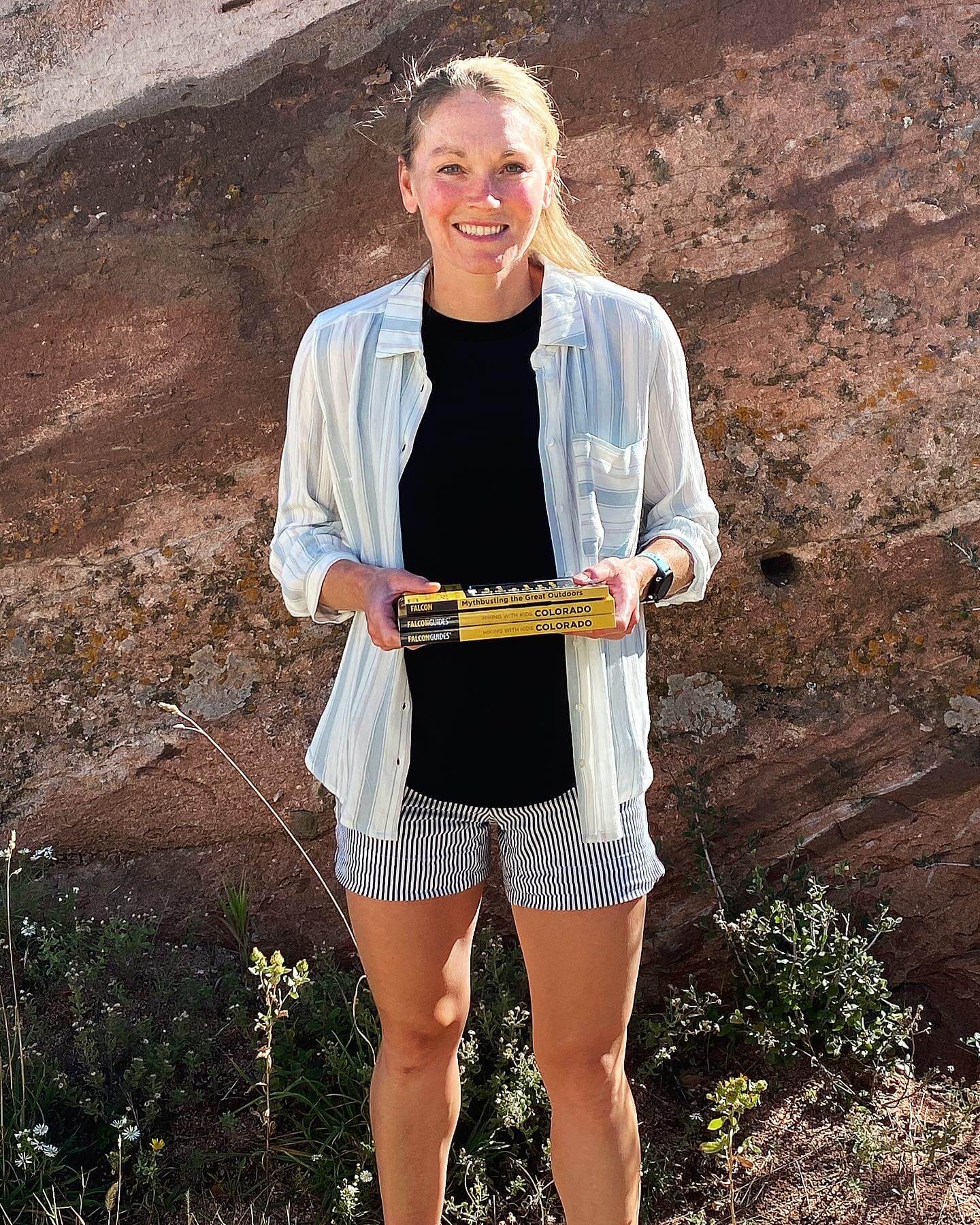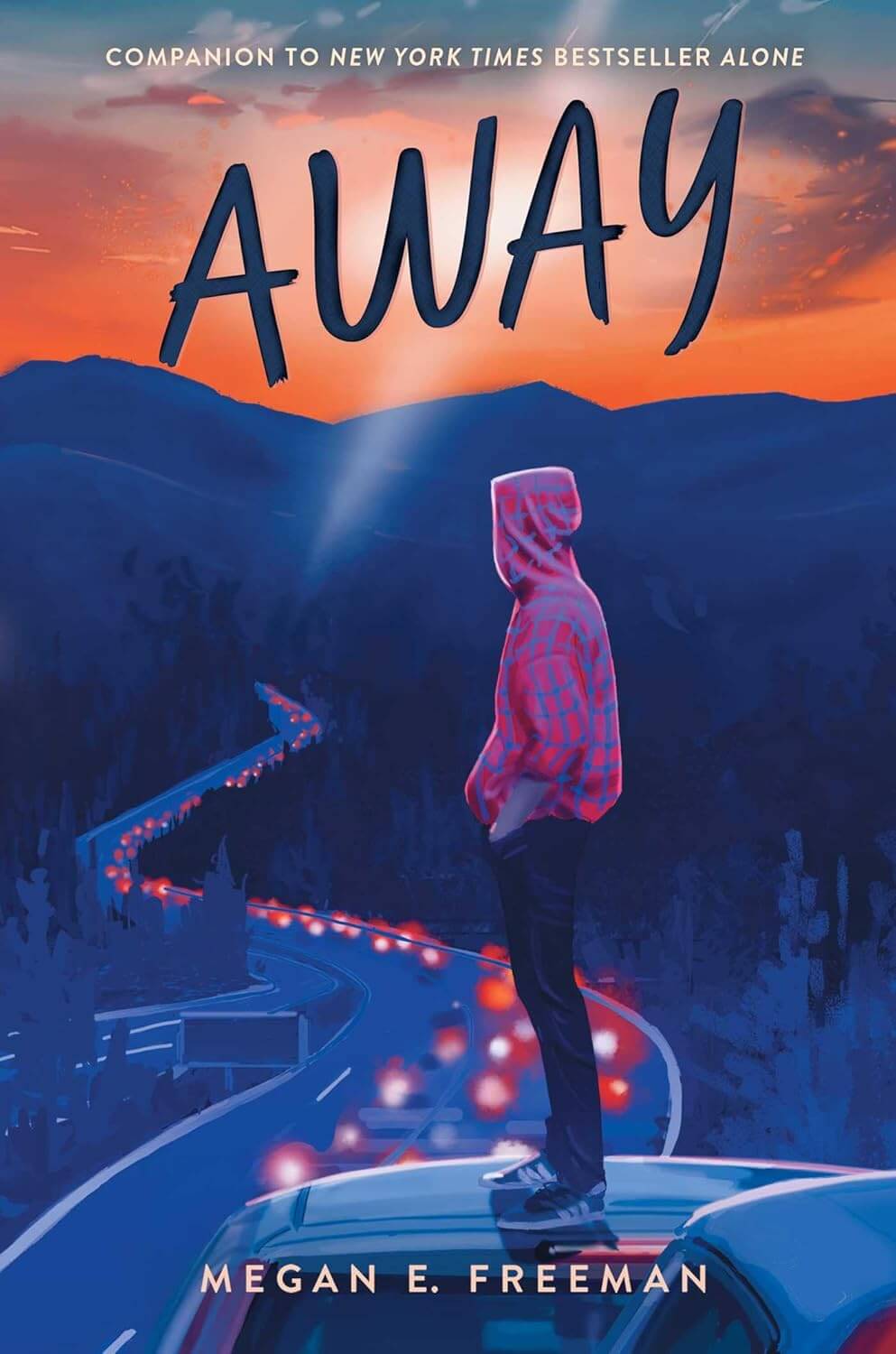Kids in captivity
Megan E. Freeman’s new YA novel sets southern Colorado tweens in a bind
Megan E. Freeman’s new YA novel sets southern Colorado tweens in a bind
EXTERIOR—EARLY EVENING.
ESTABLISHING SHOT of mother curled up on green couch, reading aloud to tweens. Tension is palpable. Cue scratchy sound of another page turn. Kids lean in.
If I had way more time on my hands, I might have written this entire review in the same clever, varied style as Away, Megan E. Freeman’s companion to her 2021 New York Times bestselling book Alone. (The new book is marketed as a companion title, but I suspect it would work as a riveting standalone, too.)

Megan E. Freeman
I read Alone with my boys a few years ago; we loved the plot and plethora of (loosely disguised) Colorado landmarks. Away covers the same time period as Alone, but now readers witness the other side of the story, as told through the narratives of four Colorado tweens and teens who are evacuated to a relocation camp by the government due to an “imminent threat.”
Freeman’s ensemble cast works like a charm. There’s Ashanti, 12, a Greek mythology loving friend who couldn’t make it to protagonist Maddie’s sleepover in Alone because she caught a stomach bug. In Away, Ashanti links up with a budding journalist, Harmony, 12; an aspiring filmmaker, Teddy, 11; and Grandin, 14, who heralds from a Colorado ranching family and plans to join the military some day.
Across 462 quick pages, an enticing plot unfolds through a range of storytelling devices, including introspective free verse, letters to an aunt, transcripts of radio broadcasts, newspaper stories, film production diaries and scripted film scenes. Thanks to Teddy, there are plenty of fun pop-culture references for parents who read with their children.
At first, nobody knows what’s going on. Was there a natural disaster? Toxic chemicals? Conspiracy theories float around the relocation shelter with the broad strokes of so-called “chemtrails,” and in the absence of fact, people invent information.
“That could be an interesting theme,” Teddy notes in one of his film production diary entries. Oh, brother, you don’t even know the half of it!
Cut off from the rest of the world by phone/internet bans and armed guards, fear builds among evacuees as isolation takes hold. Freeman’s descriptions feel so honest, so authentic, that I suspect she spent quite a bit of time talking to real kids about their lives during the Covid-19 pandemic shutdown.
At first, everyone in the relocation camp waits “on the mercy of divine intervention,” as Ashanti puts it. As the clock ticks on, Harmony observes, “People around here talk in ‘months’ now, instead of ‘days’ or ‘weeks.’ Time has stretched.”
By the time the adults establish “temp school,” the young narrators realize they’re stuck, and once again it’s hard not to think about 2020  and remote learning, especially when Teddy describes his new school as, “[B]abysitting and busywork. A colossal waste of time.”
and remote learning, especially when Teddy describes his new school as, “[B]abysitting and busywork. A colossal waste of time.”
Eventually, the protagonists grow curious about the “imminent threat.” They begin to suspect that there’s more to the story than officials let on. Can they figure out what’s happening, and expose the nefarious scheme before it’s too late?
I found the plot of Away a little harder to get into than Alone, possibly because there are so many intertwined narratives to deal with. But if you’re familiar with Freeman’s writing, you’ll be willing to follow her just about anywhere. Freeman is an author who knows how important it is to “always be escalating,” as the writer George Saunders puts it. And yet, even as Freeman moves the reader forward, she finds the right opportunities to incorporate beautiful language that continually gives her literary-minded fans something to look forward to.
According to Kirkus’s review of the book, “The plot and the whole scenario require a major suspension of disbelief.” I’m not sure that’s true in 2025. I guess not everyone follows current events. It’s not hard these days to imagine a world where journalists from major media outlets are excluded from government press conferences while conspiracy theories flourish unchecked.
Harmony, the aspiring reporter, has some unforgettable lines. “I can’t report on rumors, right?” she asks. A little later, she harps, “Rumors don’t make something true. That’s why democratic societies need a free press.” I teared up when Harmony spouted off the slogan of a certain billionaire-owned newspaper. Maybe Freeman is a little clairvoyant?
For an adult reader, some themes are incredibly dark. I’m not sure my tweens picked up on all of this, at least not at the same level I did. And anyway, the book also delivers an important message of hope. Things fall apart, sure, but human connection, teamwork and truth prevail.
From Grandin, there’s this wonderful morsel: “Ramon says / when we have a choice / between / worry and hope / (and we do, he says / we always do) / choose hope…”
And as Teddy points out, “Coffee cake improves any situation.” Now there’s some advice we should all strive to live by.
Based near Denver, Jamie Siebrase is a journalist and the author of several Falcon guidebooks, including Hiking with Kids Colorado, Exploring Colorado with Kids and Mythbusting the Great Outdoors. She’s currently writing a guided workbook for those interested in using nature to access emotional healing.
Click here for more from Jamie Siebrase.

